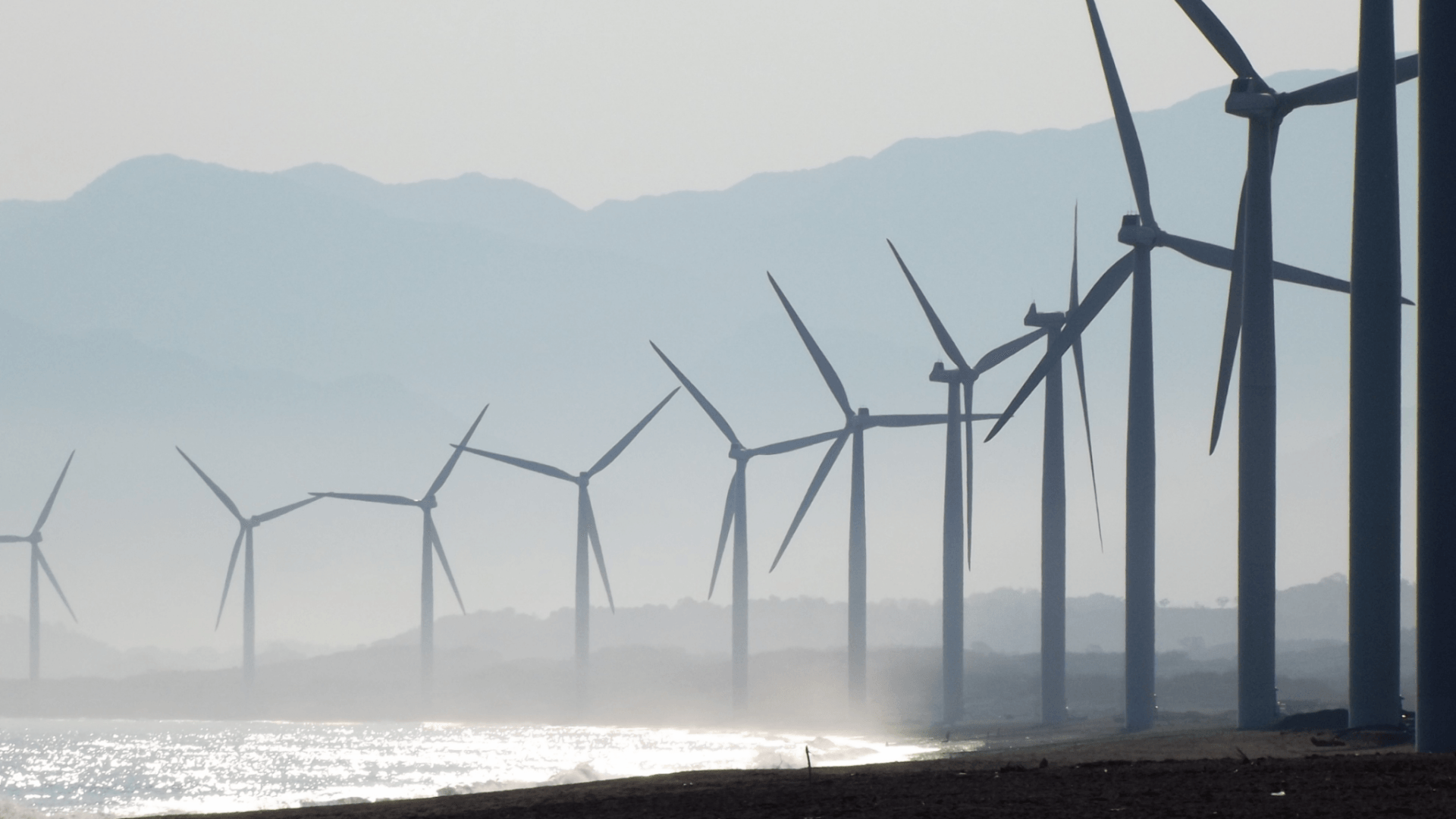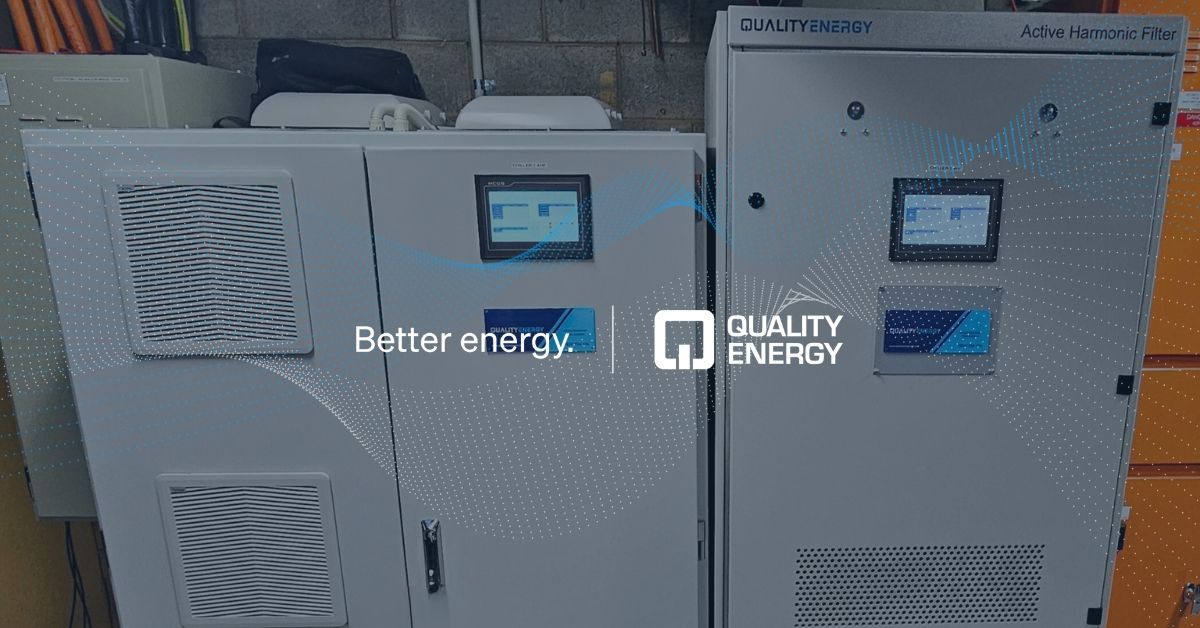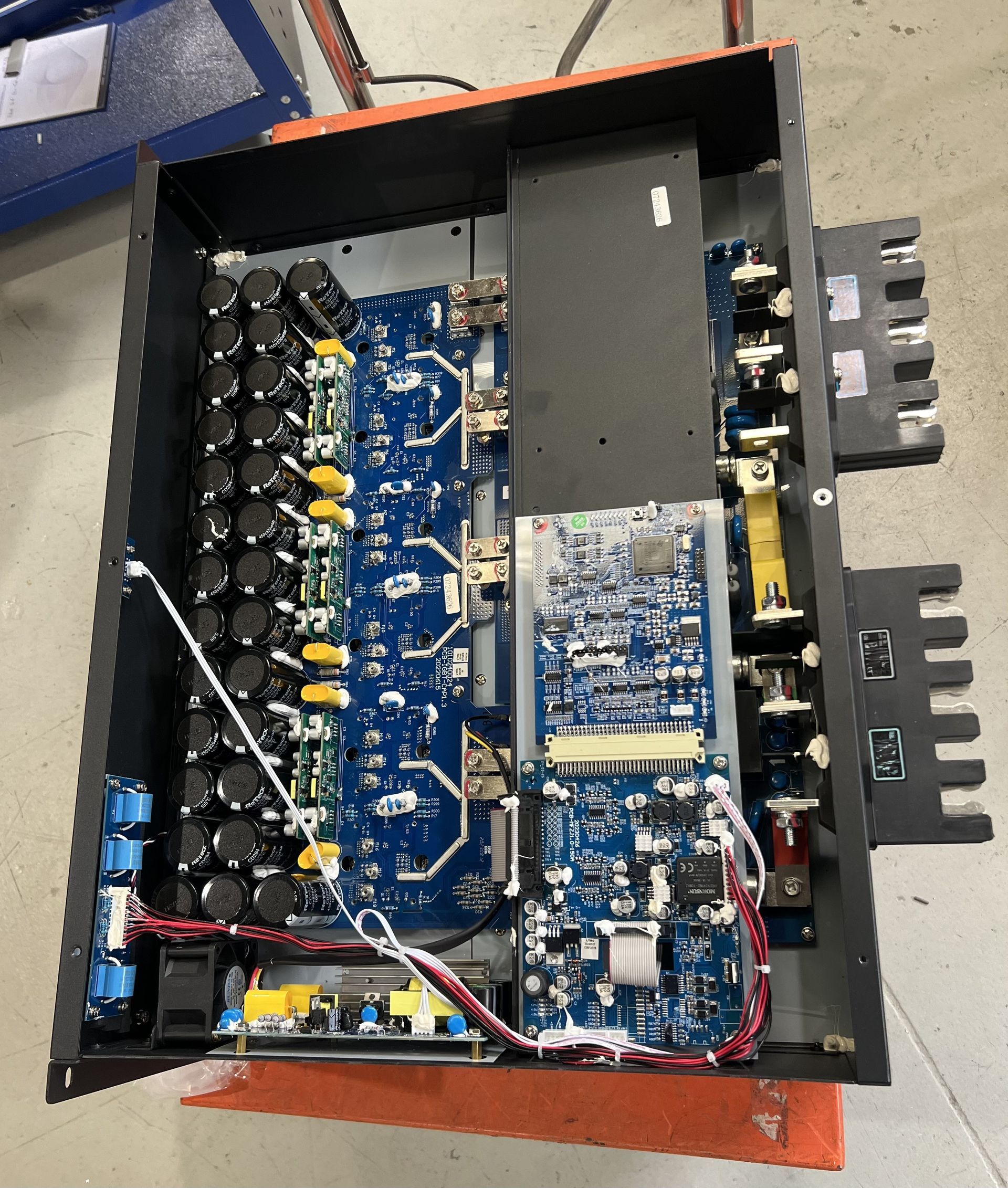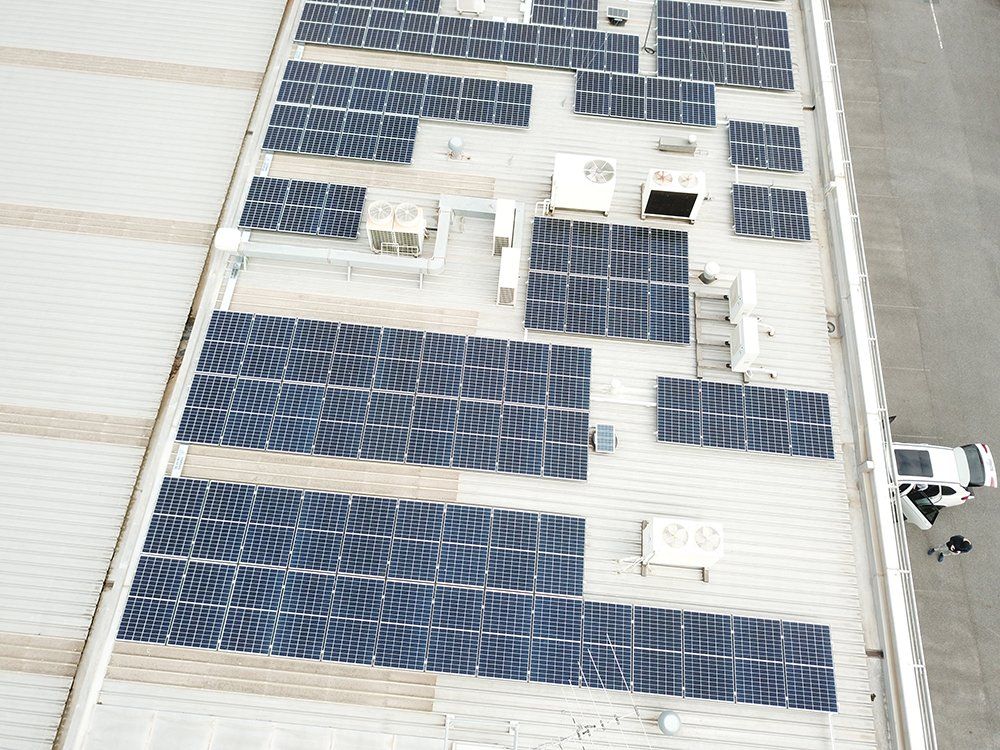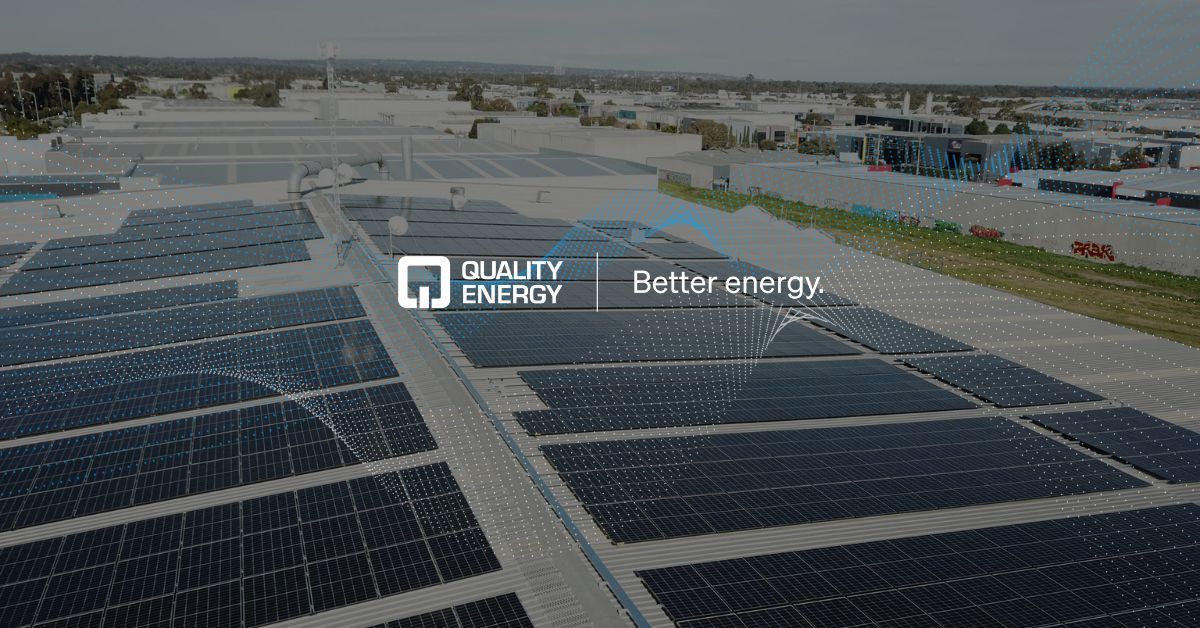Long-Term Energy Savings Through Voltage Optimisation
In Australia, organisations of all sizes are increasingly seeking new and effective ways to save energy costs and reduce their carbon footprint. This includes investments in renewables, efficient heating and cooling upgrades and energy-efficient building design. But what about simply using less energy at the source? That’s where voltage optimisation comes in.
What is Voltage Optimisation?
In Australia, the grid supplies power at a standard voltage of 230V at a frequency of 50Hz. However, this is an average measurement of supply, as it fluctuates according to demand by between +13% to -10% of the standard voltage. This often creates a scenario where your facility is being oversupplied with power by the grid.
Voltage optimisation is the application of solutions to your facility’s energy supply at its mains source to prevent wastage by limiting electrical supply to what your facility needs and no more. Voltage optimisation solutions include step-down transformers that reduce high voltages at the mains supply (they can only correct high voltage, not supplement undersupply) and more sophisticated voltage optimisers that can constantly measure and adjust supply to your site, reducing high voltage and increasing low voltage to ensure a steady supply. This translates into direct cost savings for your business, and some businesses have seen up to 12% energy and greenhouse gas savings.
Of course, these savings are site-specific, as they will fluctuate according to the oversupply of energy from your mains supply and how extensively your facility draws on the energy supply. This makes it essential that your site is professionally evaluated for energy management suitability and to create reliable projections for your savings over the long term.
Benefits of Voltage Optimisation
The clearest benefit of voltage optimisation is unquestionably operational cost savings, but for many facilities, this is not the most valuable benefit. By implementing an energy management system that counters the surges and drops in voltage that occur from the mains power supply and provides a consistent, optimal voltage, facilities are able to better protect sensitive equipment on their electrical network. This reduces equipment wear-and-tear, repairs and replacement as well as malfunctions, errors and nuisance tripping.
Examples of general voltage sensitive equipment include fluorescent lamps, linear fixed motors, refrigeration equipment, and HVAC systems.
Evaluating Your Site for Voltage Optimisation
Successful implementation of a voltage optimisation solution relies on comprehensive evaluation of your site and a professional implementation process, which can be broken down into five steps.
Step One: Understanding
First, it is essential to understand the suitability of voltage optimisation for your site by focusing on the key stakeholders, the energy consuming equipment on your site and its sensitivity to voltage, the benefits of the investment, and how voltage optimisation may fit into your business needs, goals and plans for the future.
Step Two: Evaluation
The next step is to evaluate the benefits of voltage optimisation, as well as possible alternative energy management solutions. In this step, it is essential to work with an experienced provider that understands the short, medium and long-term plans for your business, the energy needs and sensitivity of electrical equipment on your site and your site’s general operations. Voltage optimisation needs to be considered in light of planned or potential changes to your site and operations, including upgrades and modifications.
Step Three: Feasibility
A specialist in voltage optimisation for commercial and industrial sites will perform a feasibility assessment to determine if voltage optimisation is a suitable solution for your site. This will include a risk assessment, alternative options/solutions, technical considerations, financial considerations, regulations that will apply to your site, determining an appropriate installation location, and determining if there are any pre-implementation requirements to installation.
Step Four: Procurement
Work with a specialist provider who can implement a comprehensive energy management solution for your business, including voltage optimisation. They should deliver clear and transparent calculations for potential energy and cost savings, as well as information on warranties, performance guarantees (if applicable), expected increased lifespan of equipment, compliance certifications and licences to perform the work as required, maintenance services and replacement parts, the installation procedure and onsite testing.
Step Five: Implementation
This includes the development of an installation plan to monitor contractual performance, clarifying the roles and responsibilities of all stakeholders, managing stakeholder relationships and managing the financial aspects of the installation.
Quality Energy – Voltage Optimisation and Energy Management Solution Specialists in Australia
Interested in voltage optimisation or energy management solutions for your site? The team at Quality Energy has over 30 years of experience in providing comprehensive energy solutions for commercial and industrial facilities across Australia. In addition to performing professional evaluations and power quality audits, we can supply you with voltage optimisers, renewable energy solutions and other high-efficiency power management solutions to help your business improve energy efficiency, save money and ensure a quality supply of electricity.
The post Long-Term Energy Savings Through Voltage Optimisation appeared first on Quality Energy.
Related news
